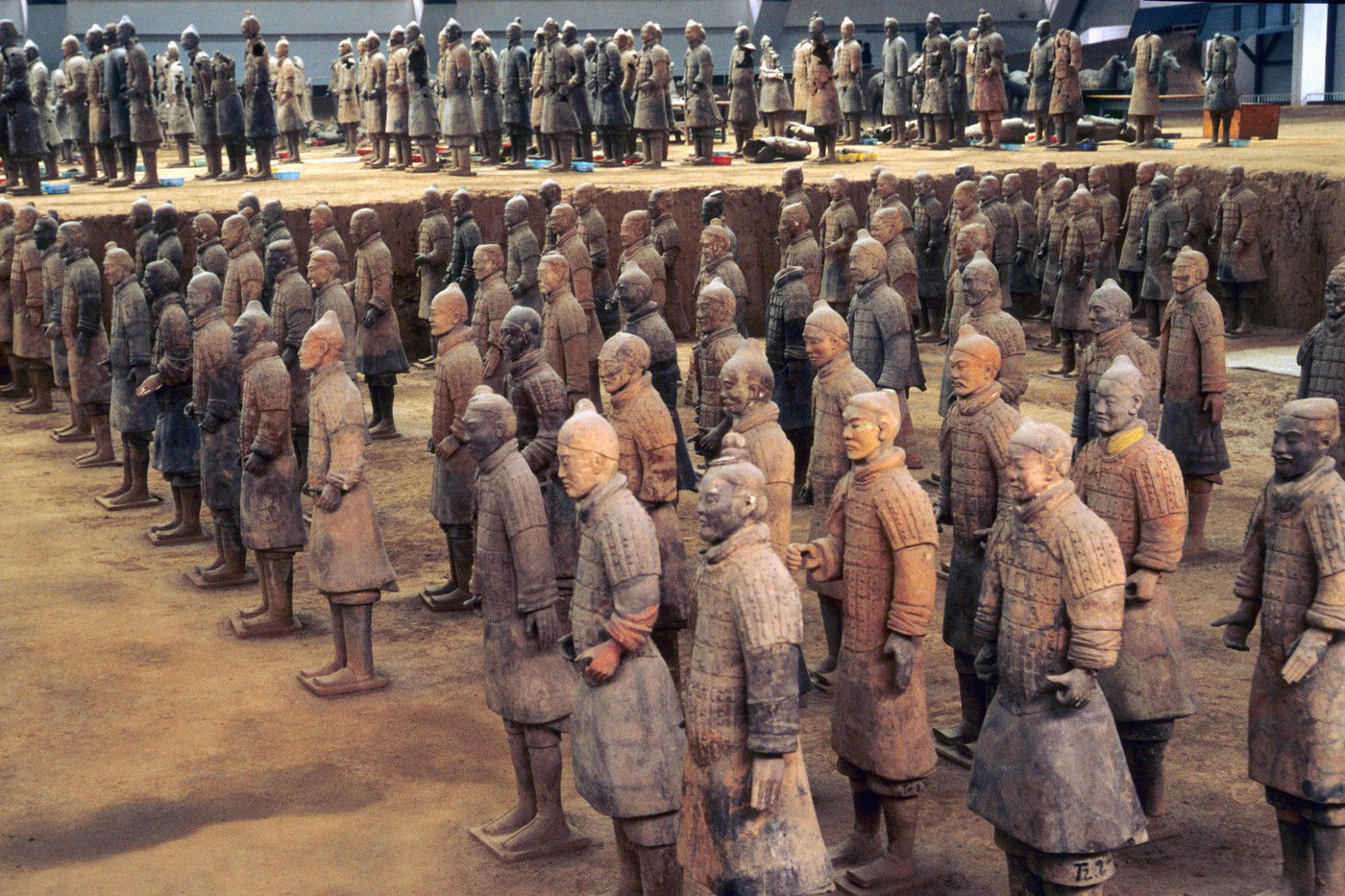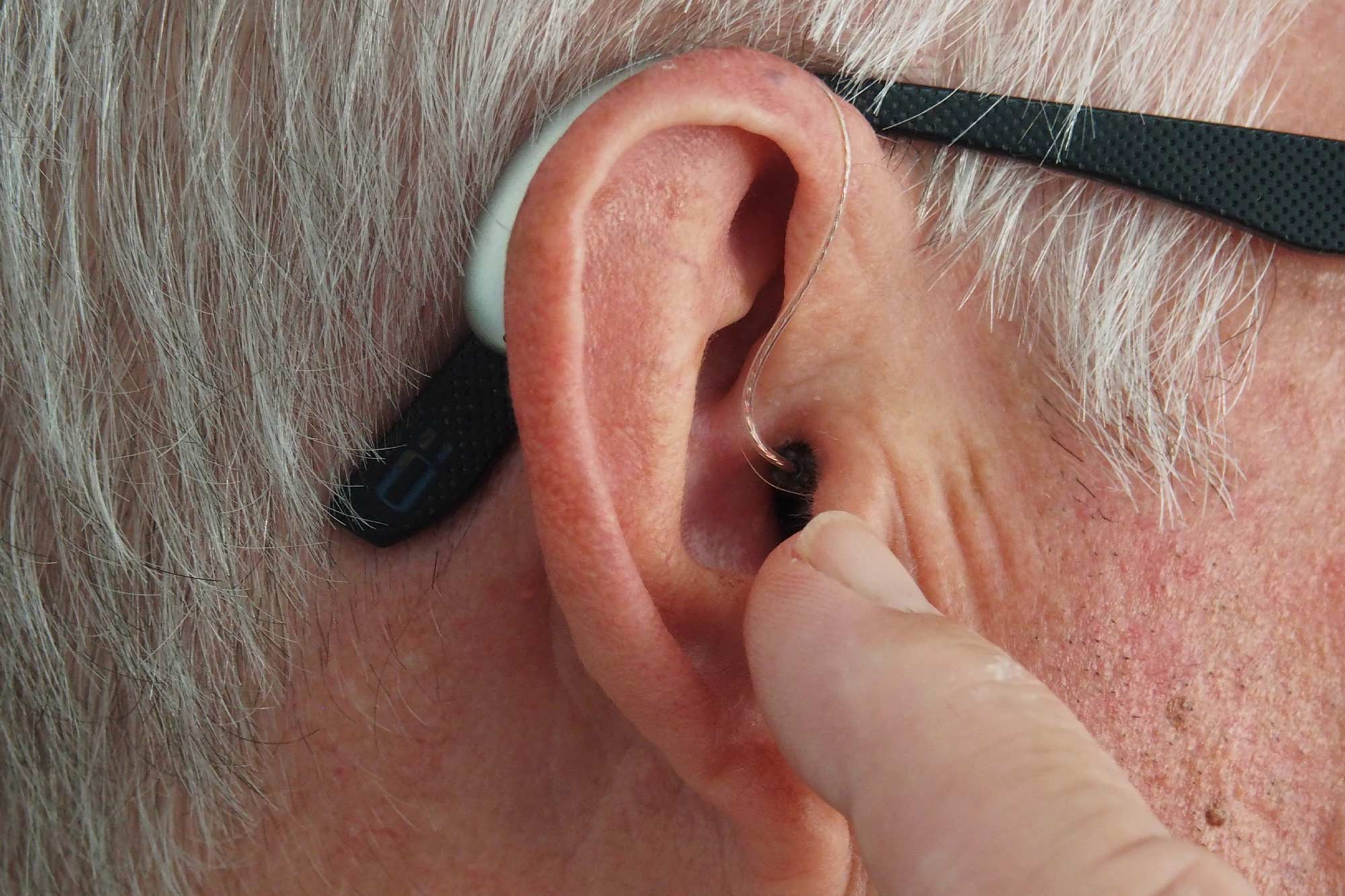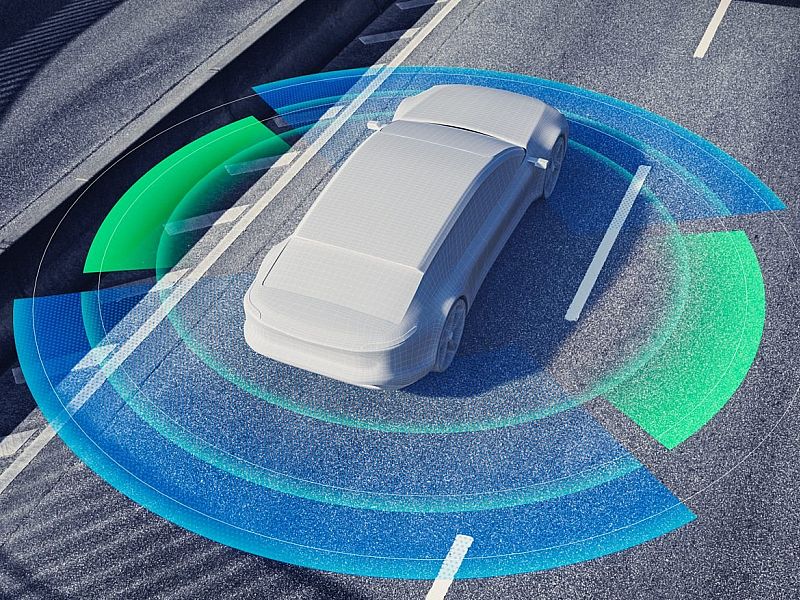One paper published by ACS Applied Materials & Interfaces describes a highly reflective black coating that can reflect lidar beams. Lidar is a sensor technology primarily used in geographic mapping and in self-driving cars. Lidar devices emit light rays in the near-infrared range, which are then reflected and reach sensors, producing a 3D image of the environment. The problem is when a particular surface absorbs more light rays than it reflects, such as objects painted a dark color. In such cases, the self-driving car must rely on other technologies or software, but this can also be dangerous.
It can also be safer with current technology
Instead of further developing lidar sensors, researcher Chang Min Yun and his team wanted to make it easier to detect dark objects using existing technologies, so the researchers created a highly reflective black coating. First, they formed a thin layer of titanium dioxide on small pieces of glass. The glass was then dissolved in hydrofluoric acid, leaving a thin, white, highly reflective layer of titanium dioxide. This combination with sodium borohydride produced a black material that retained its reflective properties. By mixing this material with varnish, a cornice can actually be applied.
Proven effectiveness
The team also tested the new coating using two commercially available lidar sensors, one mirror-based and the other 360-degree rotation. For comparison's sake, a traditional soot-based black paint was also included in the test. Both types of sensors detected the titanium dioxide coating easily, but they had trouble with the conventional type. The researchers claim that their invention could also greatly assist self-driving cars equipped with existing lidar technologies and could contribute significantly to their safe transportation. Science Daily wrote that the project was also supported by the South Korean state.












































